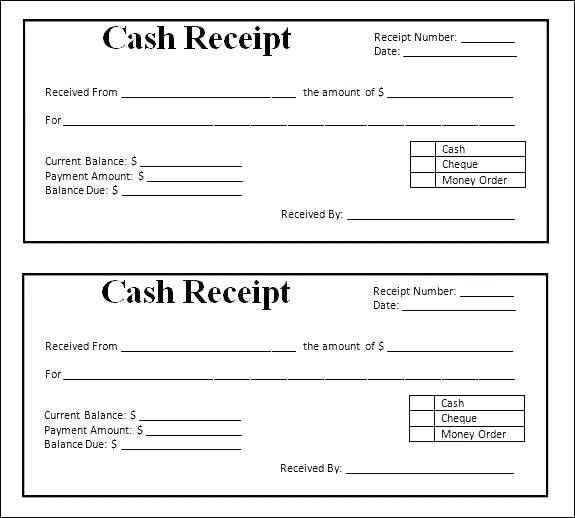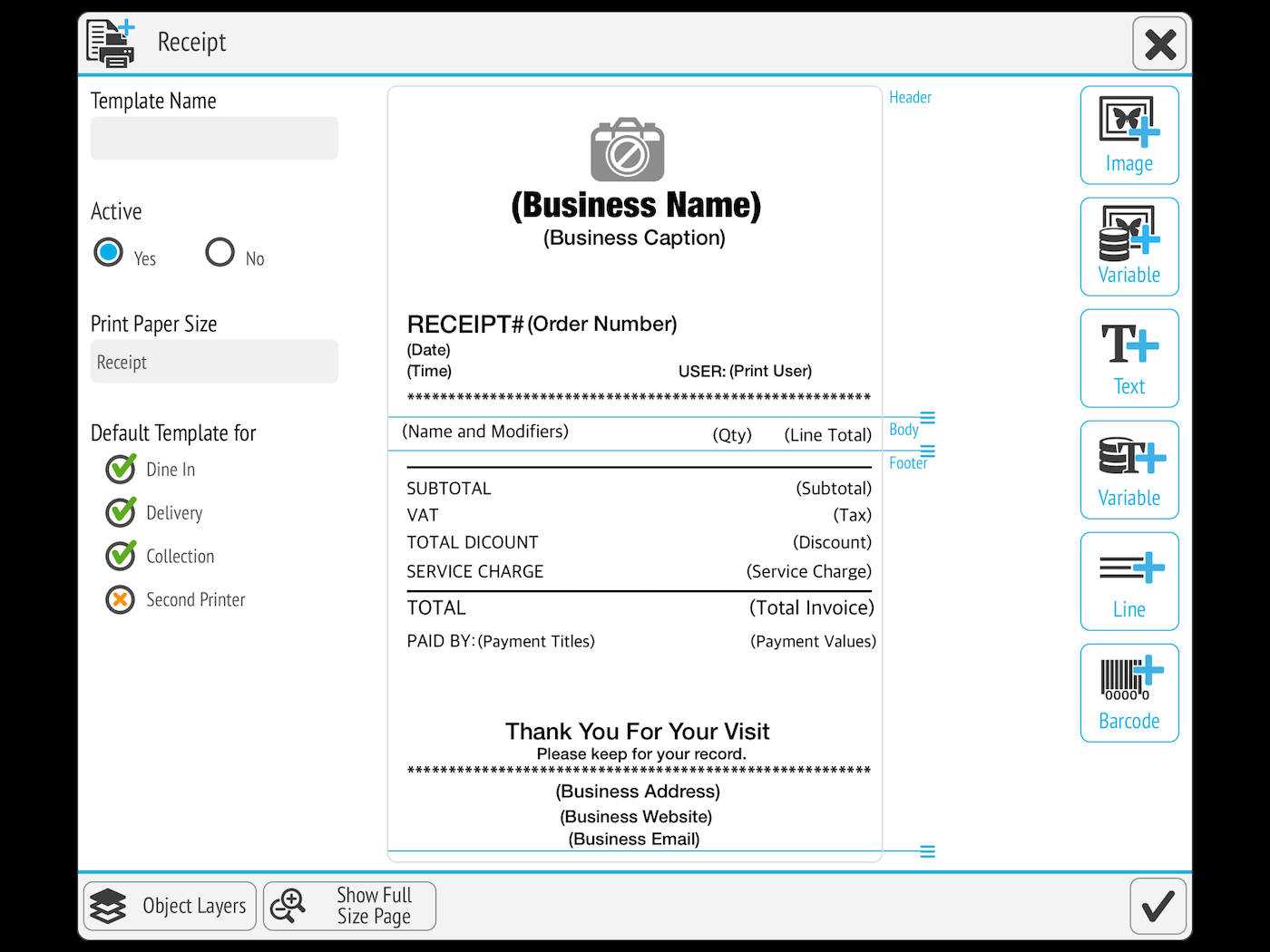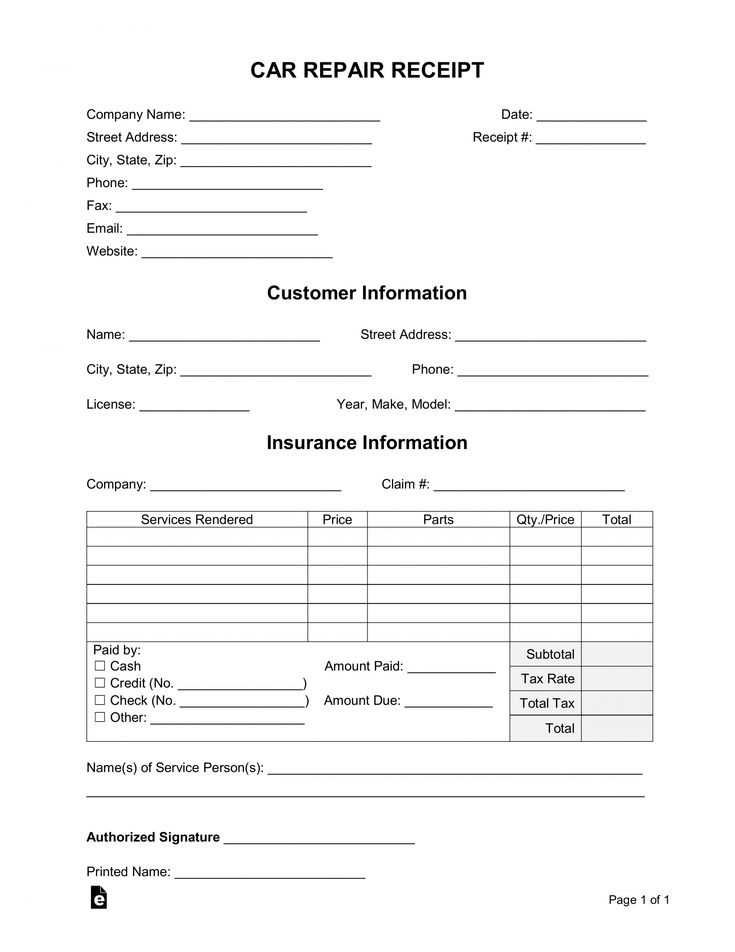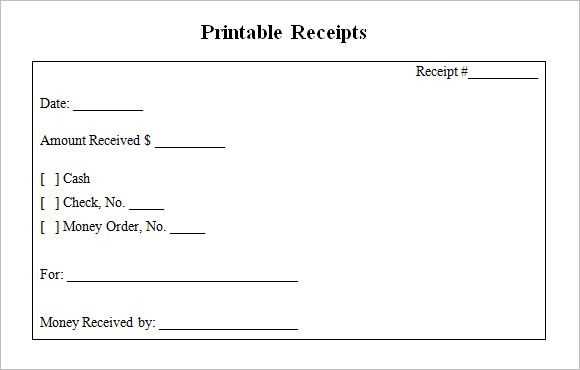
Optimizing Receipt Layout for Clarity
Designing a receipt template requires a balance between readability and efficiency. Use a monospaced font to ensure alignment, and keep margins narrow to maximize printable space. Key details such as date, time, and transaction ID should be at the top for quick reference. Below, list purchased items with clear descriptions, quantities, and individual prices.
- Header: Business name, address, and contact details.
- Transaction Details: Date, time, receipt number, and cashier ID.
- Itemized List: Product names, quantities, unit prices, and subtotal.
- Totals: Subtotal, tax breakdown, and final amount.
- Payment Method: Cash, card, or digital payment confirmation.
Printing Considerations for Accuracy
Ensure the printer is correctly calibrated to avoid misaligned text. Use a fixed-width font like Courier New or Consolas for uniform spacing. Adjust character per line settings to match the printer’s specifications, typically 32 or 42 characters per line for compact thermal printers.
Common Formatting Codes
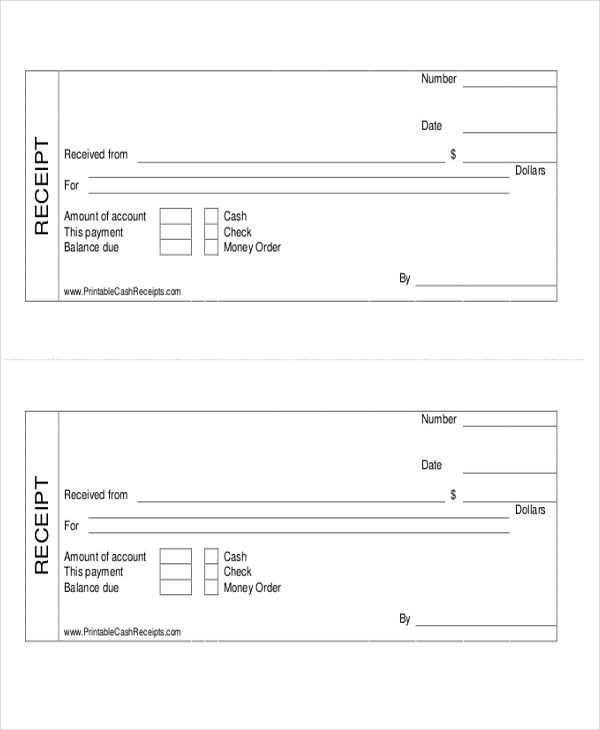
Most receipt printers support ESC/POS commands for formatting. Use these codes to adjust text appearance:
- Bold Text: ESC E
- Double Width: ESC ! 16
- Underline: ESC – 1
- Cut Paper: GS V 66
Test the template on actual hardware to confirm alignment and readability before finalizing the format.
Receipt Printer Template
Understanding Receipt Formats
Key Elements in a Template
Designing a Custom Layout
Implementing Logos and Branding
Optimizing Text and Barcode Placement
Exporting and Integrating with POS Systems
Understanding Receipt Formats
Choose a format that aligns with industry standards and customer expectations. Thermal receipts typically use a 48 or 80-character width, while impact printers may require adjustments based on ribbon and paper constraints. Ensure line spacing accommodates text readability without excessive paper usage.
Key Elements in a Template
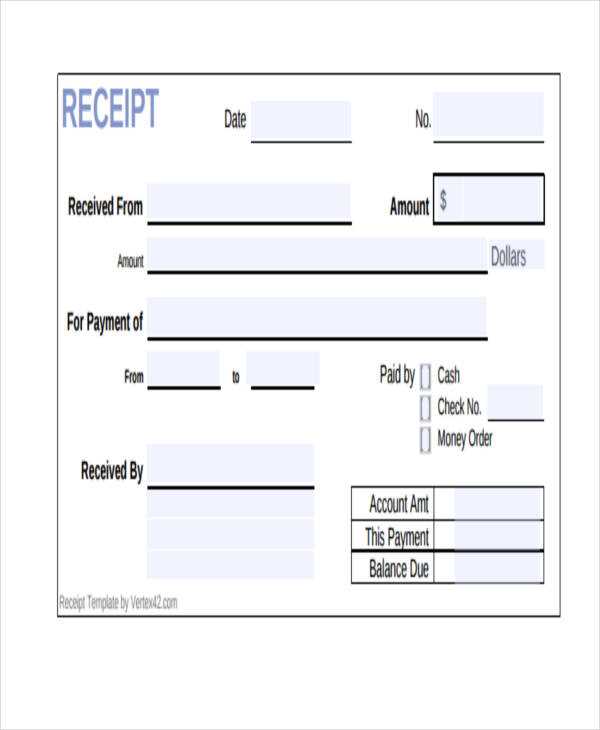
Include a structured header with the business name, address, and contact details. The body should display itemized purchases, prices, tax breakdowns, and total cost. Footer sections often contain return policies, promotional messages, or QR codes linking to digital surveys.
To optimize readability, use monospaced fonts and align columns with consistent spacing. When integrating barcodes, place them below transaction details, ensuring scanners can read them without distortion. Test print layouts on actual devices before finalizing to avoid misalignment.
